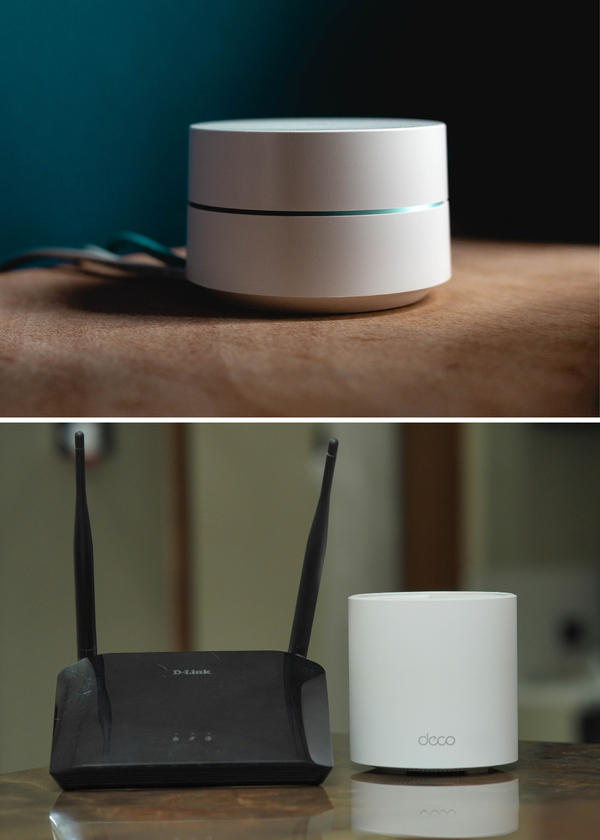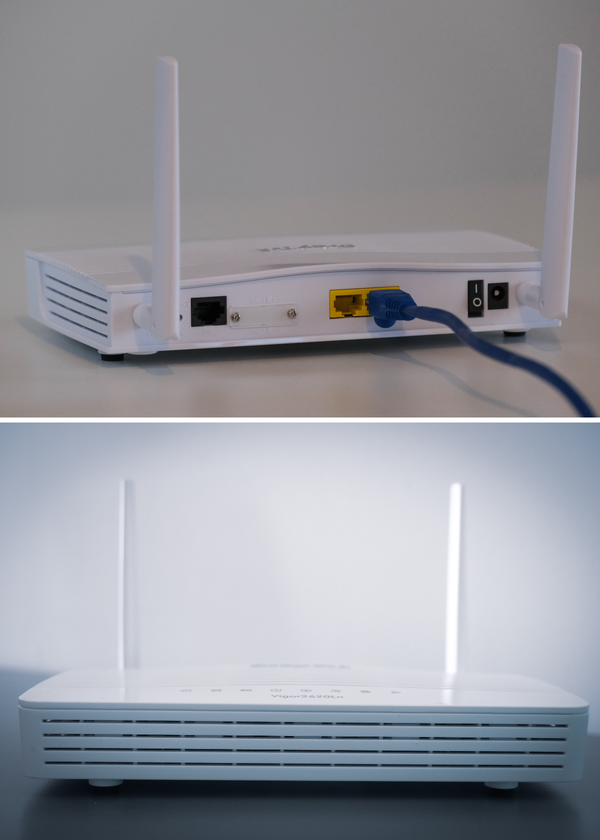In the ever-evolving landscape of technology, the distinction between a normal computer and an AI computer has become a topic of increasing interest and importance. As we delve into this subject, we aim to demystify the core differences that set these two types of computers apart.
The Basic Blueprint: Traditional vs. AI Computers
When most people think of computers, they envision devices designed to follow explicit programming to perform specific tasks. These traditional computing systems operate based on predefined instructions, processing data and executing commands as they were initially set up to do. They excel at tasks that require speed and accuracy but within the scope of their programming.
In contrast, an AI computer is not just bound by normal programming. It's designed to mimic human intelligence, making decisions based on data analysis and even learning from new information. This is where artificial intelligence (AI) differs significantly. AI systems can analyze data, learn from it, and make predictions or recommendations without being explicitly programmed for each step.
The Brain of the Machine: AI Software and Algorithms
At the heart of an AI computer lies its AI software, which is powered by complex algorithms that enable the system to perform tasks that typically require human intelligence. These tasks include natural language processing, computer vision, and predictive analytics. Unlike traditional computers that operate on a fixed set of rules, AI systems are built on machine learning models that allow them to learn and improve over time.
Deep learning, a subset of machine learning, takes inspiration from the human brain's neural networks. It enables AI computers to process data based on the layered complexity of artificial neural networks. This advanced technology allows AI computers to recognize patterns and make better decisions, often surpassing human capabilities in specific areas.
Learning to Learn: Machine Learning Models
Machine learning models are the cornerstone of AI systems. These models enable machines to learn from data sets and improve their performance without being explicitly programmed for every scenario. Through techniques like reinforcement learning, AI computers can make decisions, solve problems, and adapt to new situations with a level of autonomy that traditional computers cannot match.
For instance, recommendation engines used by streaming services or e-commerce websites are AI applications that utilize machine learning to provide personalized suggestions to users. These systems continuously learn from user interactions to refine their recommendations, showcasing the dynamic problem-solving capabilities of AI.
Visionary Machines: Computer Vision and Natural Language Processing
Computer vision allows AI computers to interpret and understand visual information from the world, much like human vision. This technology enables AI systems to identify objects, analyze scenes, and even make decisions based on visual inputs. Similarly, natural language processing (NLP) gives AI the ability to understand and respond to human language, facilitating more natural interactions between humans and machines.
These capabilities are not just theoretical; they're already in use in various sectors. From self-driving cars that rely on computer vision to navigate, to virtual assistants that use NLP to fully understand and respond to voice commands, AI is transforming our relationship with technology.
Ethical Considerations in AI Development
The discourse around artificial intelligence (AI) often leads to the contemplation of ethical implications. Unlike normal computers, which strictly follow the commands they are programmed with, AI systems have the capacity for autonomous problem solving. This raises questions about the decision-making processes of machines and the potential for unintended consequences. For instance, AI that is designed to optimize for efficiency might inadvertently perpetuate biases present in the data it was trained on, leading to ethical dilemmas.
Moreover, as machines learn and evolve, the responsibility of developers and users to ensure that AI behaves in a manner that aligns with societal values becomes paramount. The difference between AI and traditional computer systems is not just technical but also moral.
As AI becomes more intelligent, the need for frameworks and regulations to guide ethical AI development and deployment becomes increasingly critical. This is to ensure that the benefits of AI are enjoyed widely while minimizing harm and ensuring equitable outcomes. The Evolution of Processing Power: AI vs. Traditional Computing Understanding the difference between a normal computer and an AI computer often starts with their processing capabilities.
Traditional computing systems are designed to execute pre-programmed instructions with a fixed set of resources. They excel at tasks with clear rules and predictable outcomes. On the other hand, an AI system is built to handle complex algorithms that enable it to learn from data. This requires not just more processing power but also a different kind of processor architecture, such as GPUs or TPUs, which are optimized for the parallel processing that artificial intelligence (AI) demands.
The evolution of processing power in AI systems is continuous, as artificial intelligence differs from traditional computing by needing to process vast amounts of data quickly.
This is where the concept of 'neural networks' comes into play, which mimics the human brain's ability to recognize patterns and learn from them. As a result, an AI computer system is not just about having more power; it's about having the right kind of power that can adapt and evolve with the AI's learning process. This is why when discussing what is the difference between a normal computer and an AI computer, the conversation often turns to their respective processing capabilities.
The Integration of AI in Everyday Technology When we talk about how artificial intelligence differs from traditional computing, it's essential to look at how AI is integrated into the technology we use daily.
A standard computer system operates within the confines of its programming, unable to exceed its original capabilities without manual updates or upgrades. In contrast, an AI system is designed to improve over time, learning from user interactions, data input, and its successes and failures. This means that AI can offer personalized experiences, such as recommendation systems on streaming services or smart assistants that learn your preferences and routines.
Moreover, AI requires a level of autonomy that is unprecedented in traditional computer systems. For instance, in autonomous vehicles, AI systems must make split-second decisions that could have significant consequences.
This level of responsibility and decision-making is a stark departure from the predictable and controlled operations of standard computers. As AI continues to advance, we can expect to see even more seamless integration of artificial intelligence (AI) into our gadgets, homes, and workplaces, making the line between what is a program and what is an AI increasingly blurred.
AI and Job Displacement: A Double-Edged Sword
The impact of artificial intelligence (AI) on the job market is a topic of intense debate. On one hand, AI has the potential to automate mundane and repetitive tasks, freeing up human workers to engage in more creative and fulfilling work. This could lead to increased productivity and, in some cases, the creation of new industries and job roles that did not exist before. The benefits of such technological advancements can be significant, leading to economic growth and improved quality of life.
On the other hand, the difference between AI and normal computers is that AI's advanced capabilities can lead to the displacement of workers, particularly in sectors that are highly susceptible to automation. This can result in job loss and require a shift in computer science education and workforce training programs. It's crucial for policymakers and businesses to anticipate these changes and implement measures that help workers transition to new opportunities. The challenge lies in balancing the efficiency gains from AI with the need to support individuals whose livelihoods may be affected by these transformative computer systems.
Data: The Fuel for AI
Data analysis is another area where AI computers shine. Unlike traditional computers that perform data analysis based on explicit programming, AI systems can sift through massive data sets, identify trends, and make predictions. This ability to analyze and learn from data is what enables AI to perform complex tasks and make decisions based on the insights gleaned.
Businesses leverage AI for data analysis to gain a competitive edge. By using AI for predictive analytics, companies can forecast future trends, optimize operations, and make data-driven decisions that outpace traditional methods.
Connectivity and the Internet: AI's Lifeline
An internet connection is crucial for AI computers, as it provides access to vast amounts of data and computing power. While traditional computers can operate offline following predefined instructions, AI systems often rely on cloud computing and the internet to access the data and processing resources they need to learn and perform complex tasks.
This connectivity allows AI computers to stay updated with the latest information and algorithms, ensuring that their decision-making and problem-solving abilities are always at the cutting edge.
AI in Action: Real-World Applications
AI applications are diverse and growing. From healthcare, where AI assists in diagnosing diseases and personalizing treatment plans, to finance, where it's used for fraud detection and risk management, AI's influence is widespread. In customer service, AI chatbots provide 24/7 support, and in manufacturing, AI optimizes supply chains and predictive maintenance.
These real-world examples demonstrate how AI computers are not just theoretical constructs but active participants in reshaping industries and enhancing human capabilities.
The Future of AI: Predictions and Possibilities
Looking to the future, the capabilities of AI computers are set to expand even further. As AI continues to evolve, we can expect to see more sophisticated applications that can perform even more complex tasks. The potential for AI to revolutionize industries and our daily lives is immense, with predictions ranging from fully autonomous vehicles to AI-driven medical breakthroughs.
The relationship between humans and computers is being redefined by AI, and understanding the differences between traditional and AI computers is key to embracing this future.
FAQs
Q: Can a normal computer become an AI computer with the right software?
A: While installing AI software can provide some AI capabilities, a true AI computer typically requires specialized hardware and algorithms designed for processing large data sets and performing complex calculations. It's not just about the software but also the underlying architecture that supports AI functions.
Q: Are AI computers replacing human jobs?
A: AI computers are indeed changing the job landscape, automating certain tasks that were previously done by humans. However, they also create new opportunities and demand for jobs that require AI oversight, development, and maintenance. The relationship between AI and employment is complex and evolving.
Q: How do AI computers learn without explicit programming?
A: AI computers learn through machine learning models that use algorithms to process and analyze data, identify patterns, and make decisions. These models are trained using large data sets, allowing the AI to improve its accuracy and decision-making over time without needing step-by-step instructions for every task.
Summary
In this blog post, we've explored the key differences between a normal computer and an AI computer.
While traditional computers operate based on explicit programming and predefined instructions, AI computers leverage machine learning models, deep learning, and advanced technologies to perform complex tasks, analyze data, and make decisions.
The future of AI promises even greater capabilities and applications, making it an exciting time for technology and business alike.








